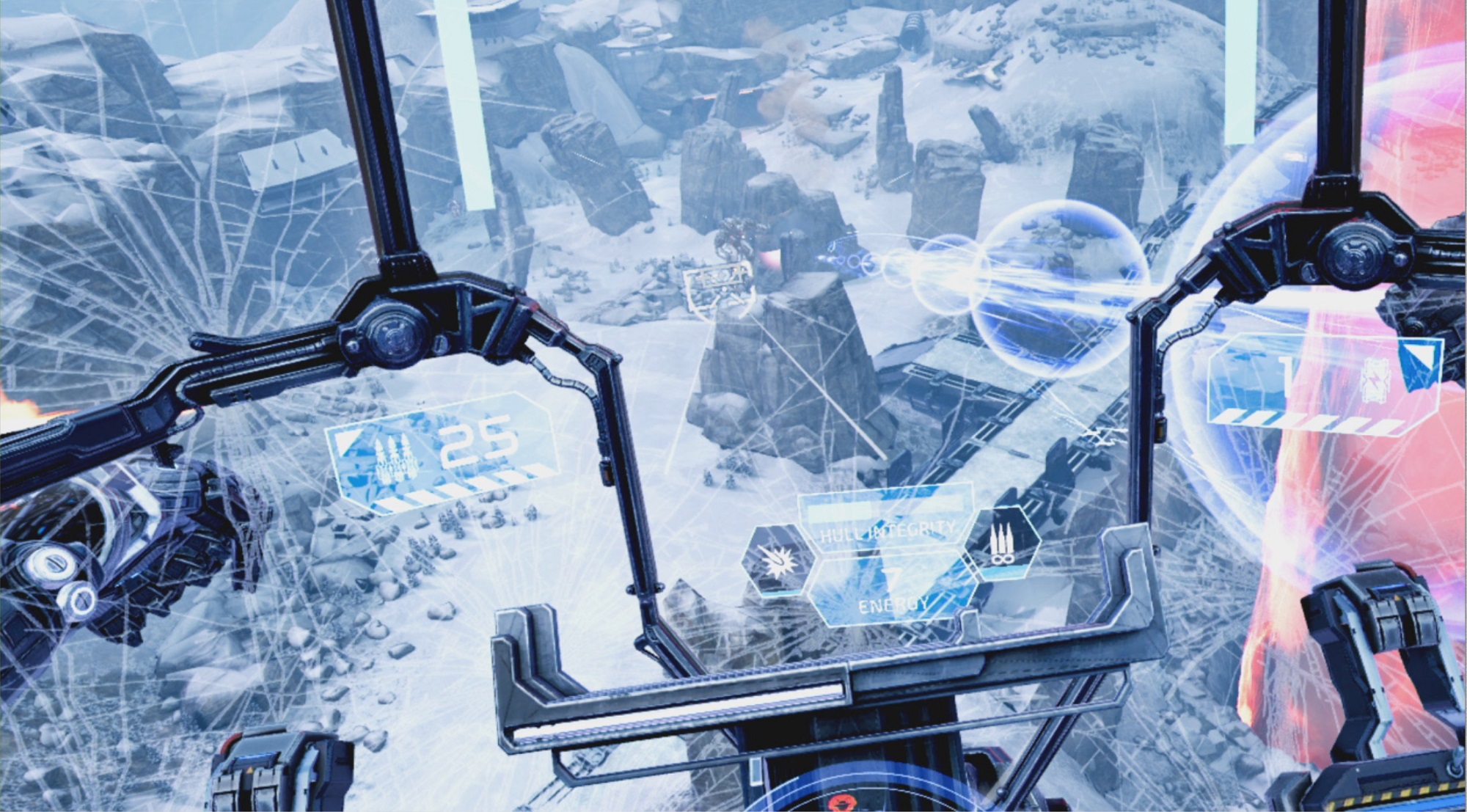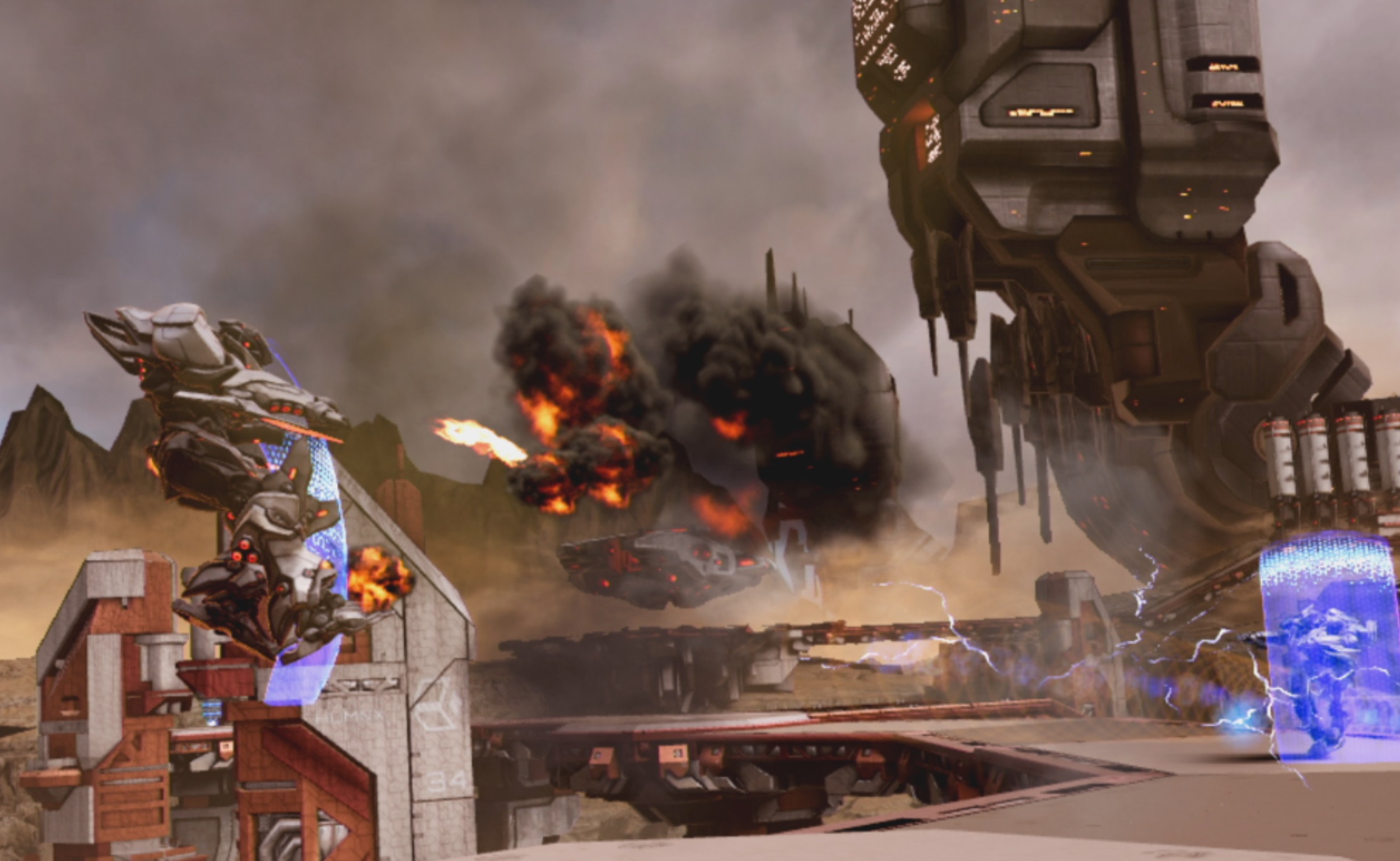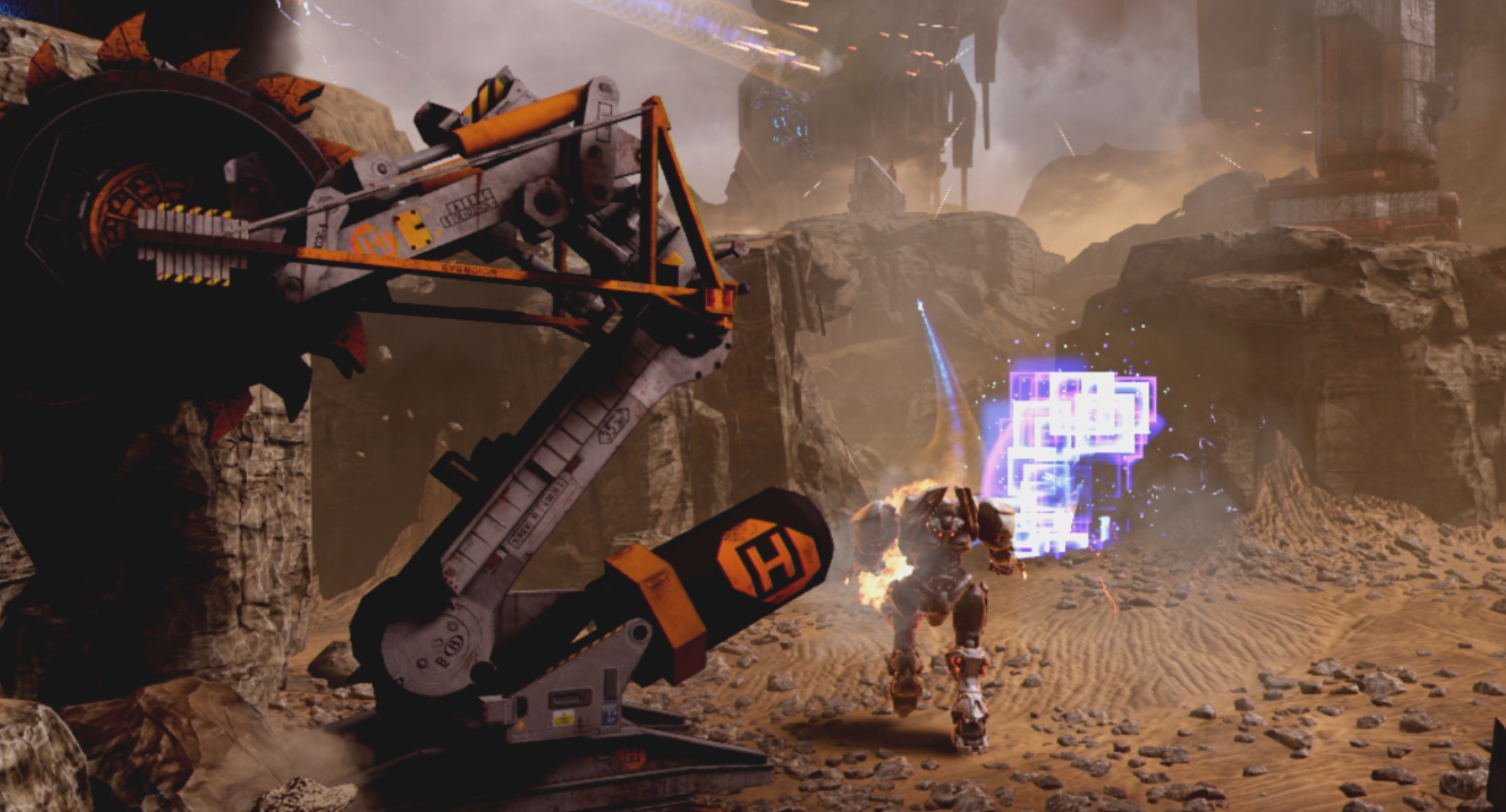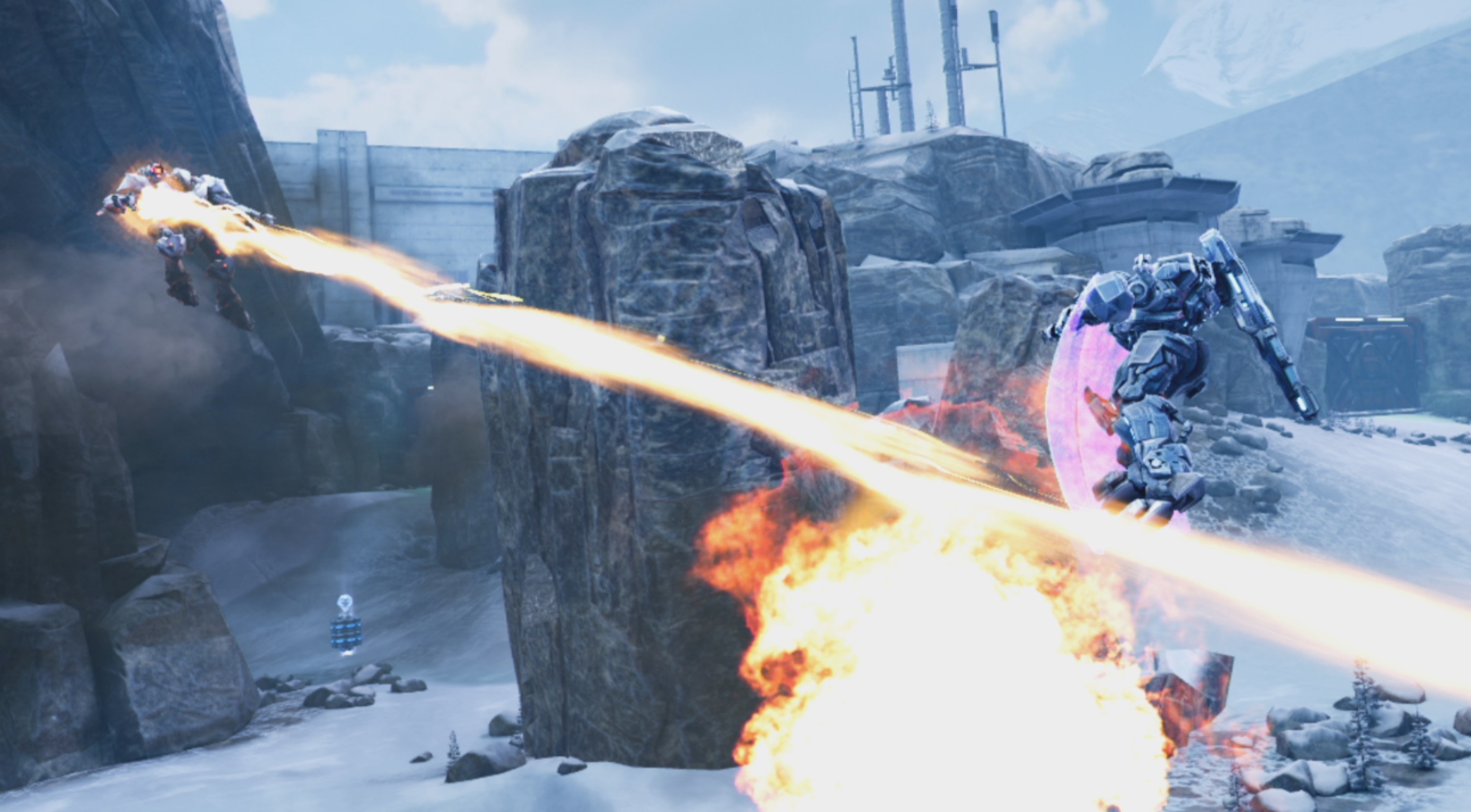Piloting a giant mech has been a fantasy for sci-fi lovers around the world for decades. From popular anime like Gundam and TV shows such as Power Rangers, to modern interpretations in Pacific Rim and more, we’ve become accustomed to seeing giant robots marvelously realized in our favorite works of fiction. And while Archangel: Hellfire is just a VR game and not the real deal, it feels like the closest we’ve gotten yet.
When Archangel originally released last year, it was met with mixed results. The core ideas and gameplay were solid enough to carry it to a decent score with us, but the on-rails movement and lackluster narrative left a bit to be desired. If we’re being honest, most people want to play mech games to fight other mechs in glorious battles, but an on-rails movement system hampered that ideal.
Archangel: Hellfire sets out to fix all of that and introduce multiplayer into the equation.
The core player-vs-player mode that makes up Archangel: Hellfire’s release today is actually available (mostly for free) in the “Enlist Free” edition, but to get access to the aforementioned single player campaign and a brand new co-op arena mode, plus additional optional skins, you need to buy the full version of the game. For clarity, this review only covers the new PvP and co-op content, not the single player. Here is our review of the single player campaign.
In Hellfire there’s team deathmatch in both 1v1 or 2v2 varieties across three total maps, with one more coming soon, and three different mech classes (Light, Medium, and Heavy). There’s quite a bit of variety across all of the available maps, each of which feature large open areas, lots of obstacles for cover (some of which are destructible) and a good deal of verticality. It would have been nice to have at least one small, tightly-designed map that could shine as a good 1v1 battleground, but as it stands all of them are really best played in full 2v2 matches.
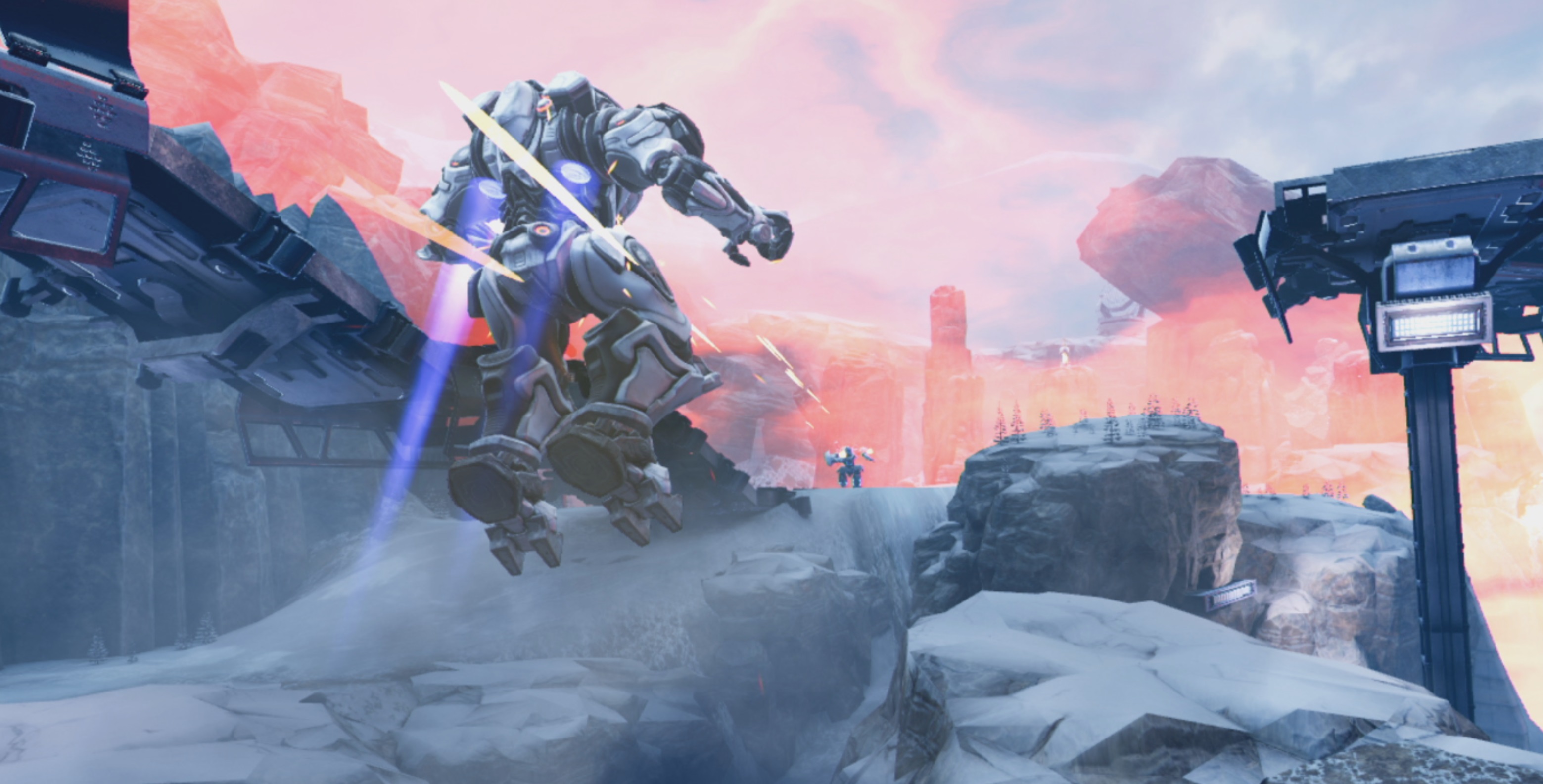
At first glance that doesn’t seem like a ton of content, but with how different each mech plays it more than makes up for it. All three mechs are controlled using the left thumbstick or trackpad for movement and you aim each arm independently using your motion controllers. Turning your head lets you look around inside the cockpit while staying stationary, whereas the right stick rotates your mech to either side. Grip buttons on each hand pull up shields, which deactivate whichever hand’s weapon you’re using for the shield.
For mobility there isn’t a sprint feature or dash of any kind, but instead you click in the stick to boost upwards into the air to do a slowly descending hover at a quickened pace. If you’re a slow-moving Heavy mech, this is a good way to cover distances, but it leaves you exposed in the air.
All three mechs come equipped with standard machine guns on each arm as the default weapons. These barely do any damage and I only ever really used them to weaken shields, distract enemies, or finish someone off that’s on the verge of death. The real weapons are where each mech differs dramatically. For the Light mech you’ve got “shield breaker” rockets and homing missiles, plus a huge death-from-above ultimate power and a cloaking power. Both of those ultimate abilities are activated by physically reaching out and touching the in-game HUD buttons, which is a nice touch.
Medium mechs were my favorite because they struck a decent balance between speed and survivability. Their right hand weapon is a powerful single-burst railgun that does big damage if you can land a clean shot, along with rapid-fire rockets on the left arm. Special abilities include an infinite-ammo power, which is a deadly combo with a trigger-happy rail gun blasting over and over, as well as a super-powerful face-mounted rail gun that does a ton of damage.
Finally, there’s the Heavy that trades speed for a ton of health. Their right hand is equipped with a wide-spread shotgun blasting gun that’s extremely powerful if you can get up close and some basic rockets on the left hand. Super weapons include a big EMP blast that zaps enemies of their energy charge (great for countering speedy Light mechs) and an invulnerability phase that makes them even deadlier.
For all three mechs your ultimates are powered by collecting energy found around the map. To tweak things further, at the top of your cockpit above your head, you can adjust sliders to alter how much health you have, how fast you are, how much damage you do, and how quickly you charge up energy. Being able to augment those things on the fly, plus the stat differences in each mech from a base level, lead to a lot of build variety.
For example, one super-effective strategy if you’re agile enough at evading enemies, is to hop in a Light mech and boost your energy gaining slider all the way. This leaves you extremely vulnerable, but if you boost your speed a bit as well and just keep away from the enemies, you can build up your ultimate attack in a matter of minutes. Alternatively, as a Heavy, you might want to just boost your health up even further to soak up as much damage as possible while you get in close to eviscerate enemies with your shotgun-style blast.
Hellfire’s combat system is full of nuance. While part of me wishes for a bit more customization, like equipping a different chasis, legs, weapons, paint jobs, etc. to really scratch the itch of the old-school mech combat games of yesteryear, Skydance did an excellent job of delivering a VR mech combat game that’s immediately exciting and full of strategic depth with Archangel: Hellfire.
The new co-op mode clearly has not gotten as much love as the PvP content received. There’s only one single map for this mode (which is also duplicated in the PvP mode) and it’s just 17 waves of enemies. Some of them fly around shooting at you, some of them dive bomb at you, some are tanks on the ground, and at the end you’ve got a boss fight against a giant, slow-moving ship that barely shoots back. When stacked up against the fast-paced intensity of the competitive mode, the co-op offering pales in comparison.
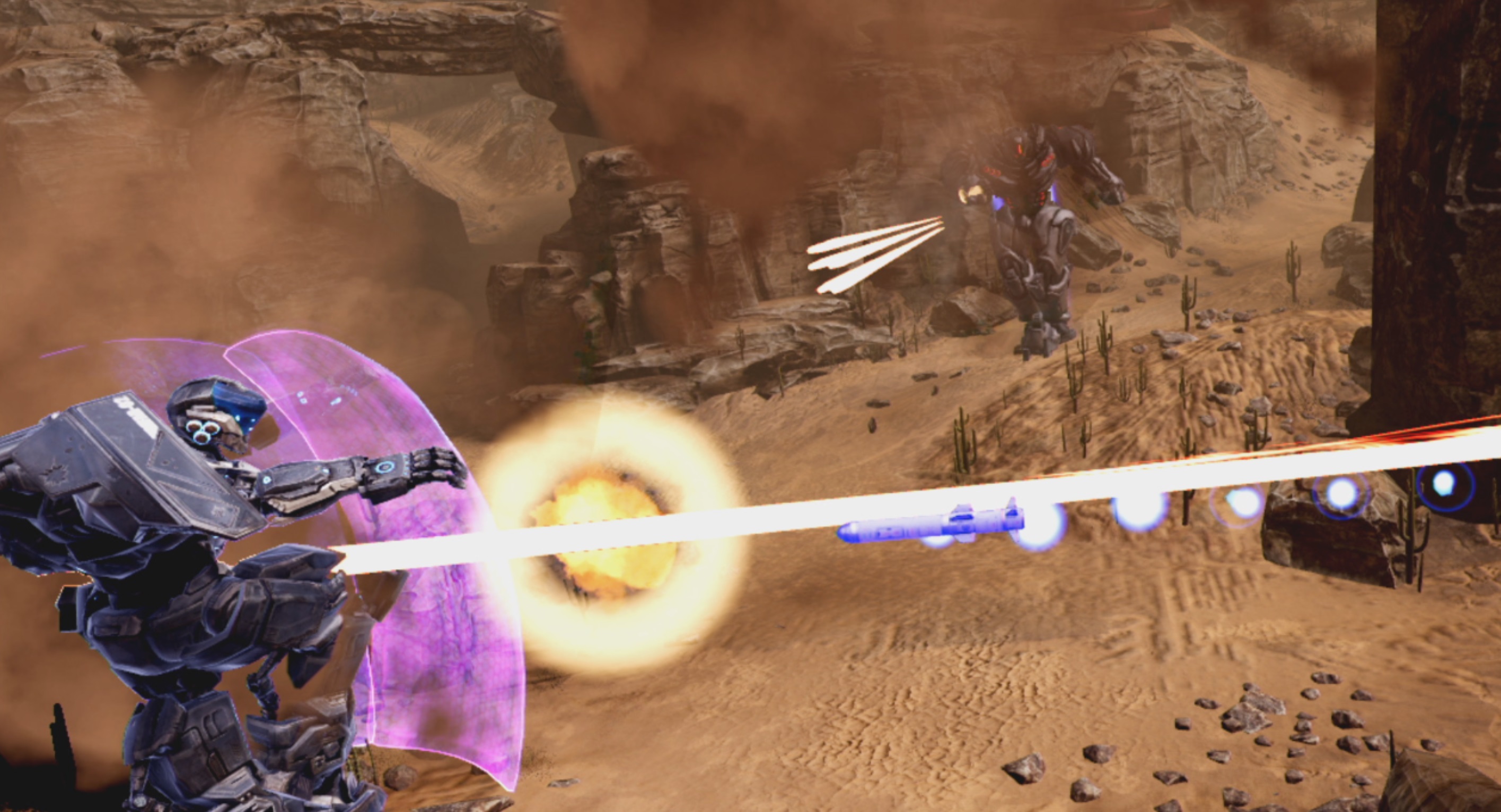
Archangel: Hellfire is the most fun I’ve had inside of a VR mech to date. The multiplayer action is top-notch with a ton of build variety and extreme differences in playstyles between each type of mech and maps are just big enough to really showcase the scale of combat. While the co-op mode is a bit lackluster with only one map and simple waves of enemies, it provides a good training ground to loosen up before PvP. I hope to see ongoing support for this title because the core gameplay mechanics feel excellent.
You can download Archangel: Hellfire on Steam, the Oculus Home Store, Green Man Gaming, and the Humble Bundle Store for $19.99 with official support for Rift and Vive VR headsets. Check out these official review guidelines to find out more about our process.


